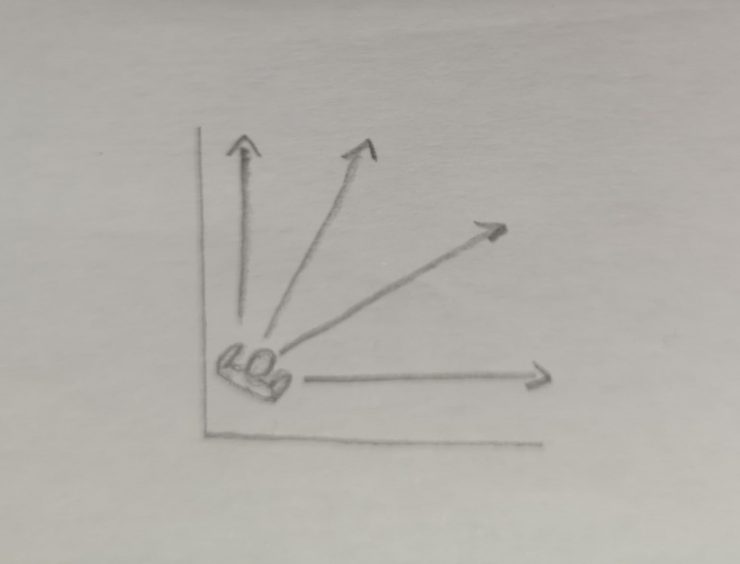The structural elements fall into five categories: sensory reach; space and proximity; mobility and proximity; light and colour; and acoustics. These structural elements were created in America in 2005 by Hansel Bauman and the Gallaudet University’s American Sign Language Deaf Studies Department.
Although ideas about changing buildings to make them in to useful DeafSpaces through implanting different architectural structures have been seen throughout deaf history. DeafSpace is implanted within deaf culture.
Sensory reach provides visual reach to become wider within an environment so that 360 degrees can be in tactile reach. Allowing more room can be achieved by removing walls that divide rooms, having waist height walls or doors. Using glass to divide rooms instead of brick or other materials. Having light alarms instead of sound alarms is another important aspect of sensory reach.
Space and Proximity allows for signing space to grow depending on how many participants are taking part in the conversation. “A visual-spatial language such as ASL necessitates that signers maintain enough distance to accommodate each others’ signing space when conversing”. (http://deafspace.weebly.com/deafspace-whats-that.html) Some ways to make the area bigger is movable furniture e.g. light chairs and tables that have wheels.
An example of, Mobility and Proximity is wider hallways, curved walls instead of corners – this allows for a clearer visual communication and being able to sign comfortably (due to the increase of space).
Light and Colour is an important feature as sight is relied on to communicate with another person signing. Dim or poor lighting conditions within a space can interrupt communication and can increase eyestrain. Reducing glare, shadows, backlighting and picking neutral colours can help prevent the disruption of signing.
Acoustics within in a room can severely affect those who use hearing aids or have cochlear implants, minimising reverberations and background noise should be a first concern. Different sounds such as noisy generations can affect these devices; distracting the person due to pain or the annoying sound. Sound can also be a way to communicate, the reverberations can be away to communicate to someone who is not paying attention, (like stamping on a wooden floor) the vibrations will be felt by the other people or person standing in the same room.
